A set of QR code question cubes to use when working with reading comprehension strategies.
Using a free QR code reader, students can roll the cube and scan a code to reveal a reading comprehension strategy question.
The question cubes include the following reading comprehension strategies:
- Making Connections
- Monitoring
- Visualizing
- Inferring/Predicting
- Questioning
- Summarizing
The download includes two versions – one with inferring and one with predicting. The questions on the cubes are the same – two different options have been provided as some teachers use the terminology predicting and some use inferring.
Use these question cubes when working with your guided reading groups or as a reading center activity to practice using all of the strategies.
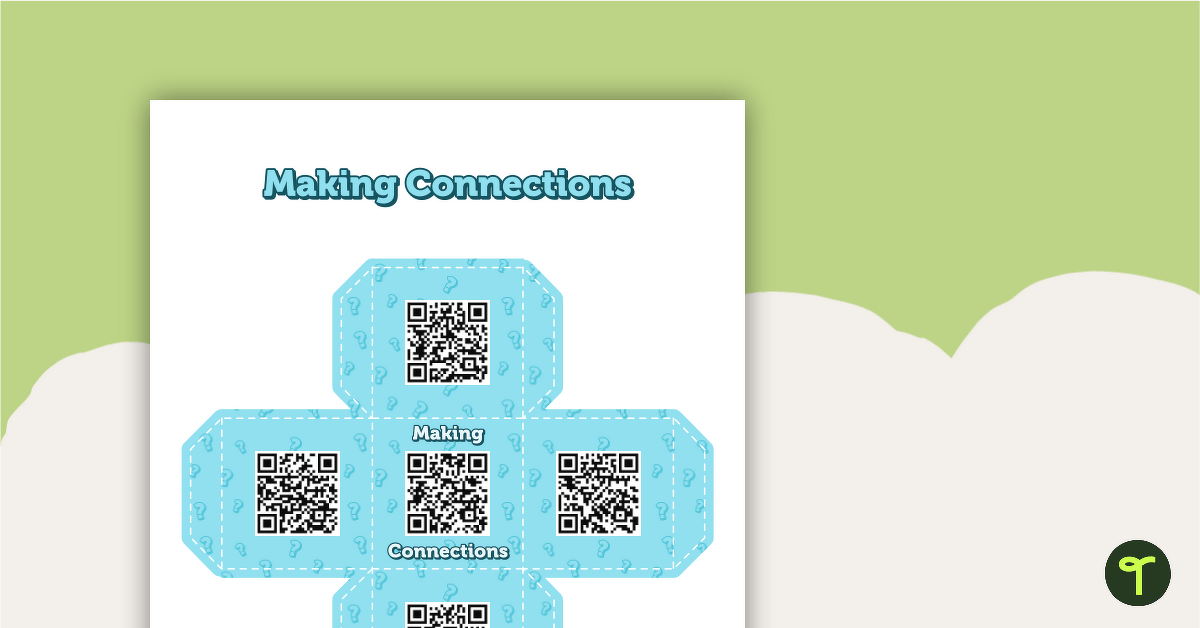
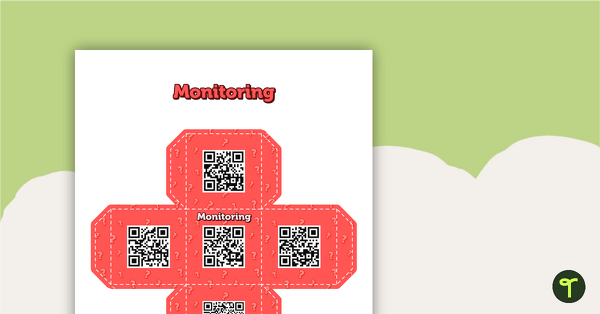
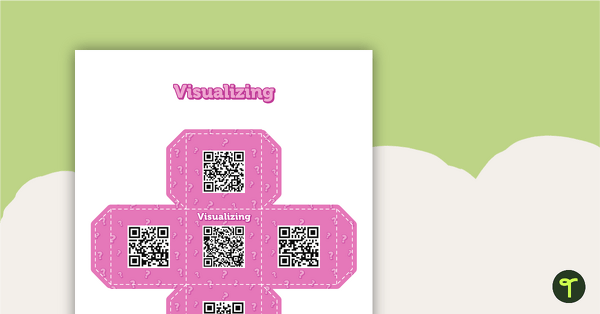
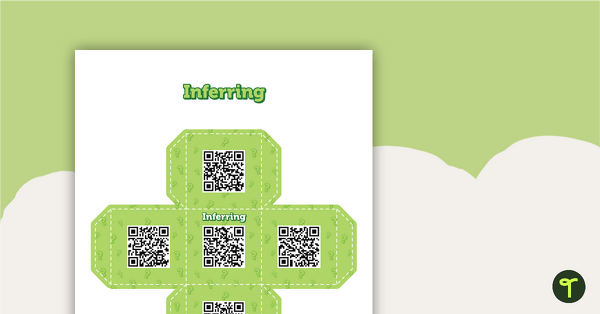

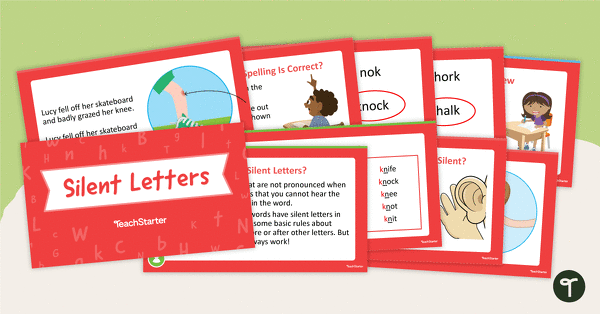
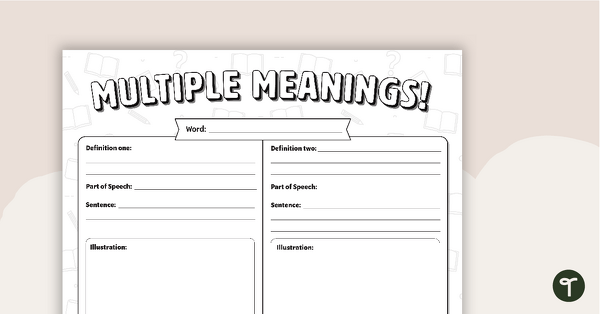
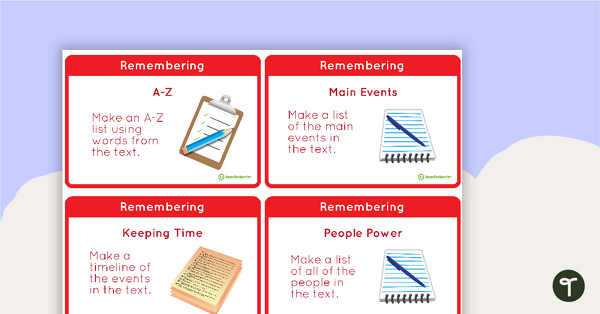
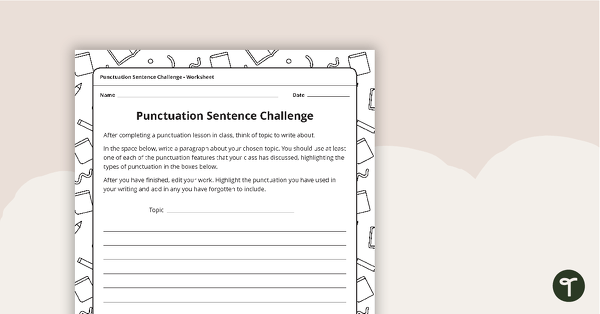
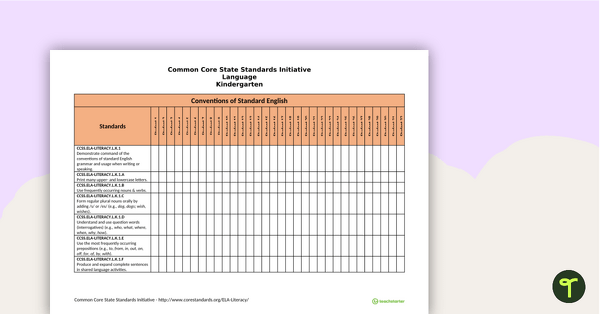
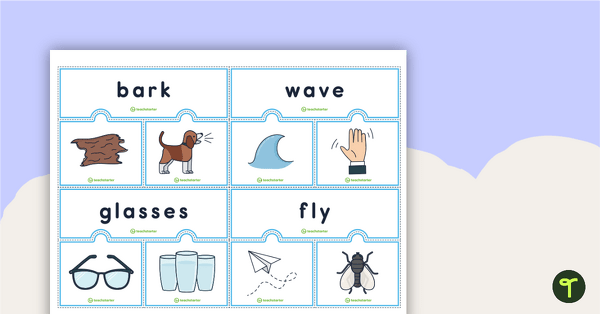
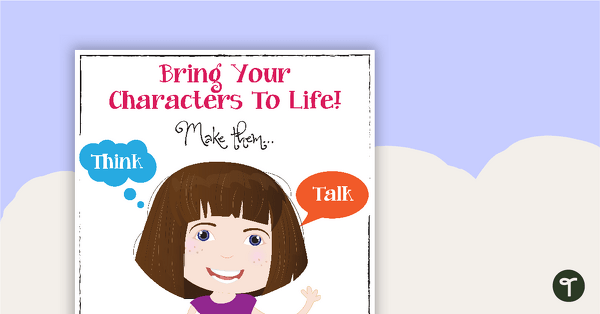
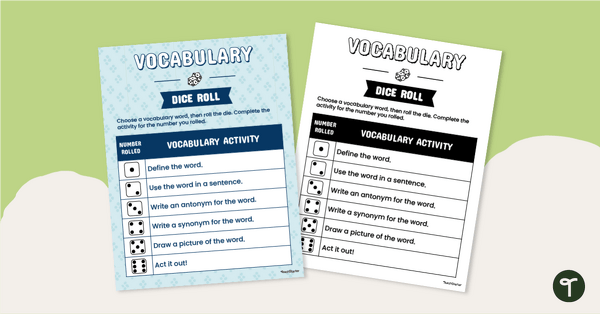
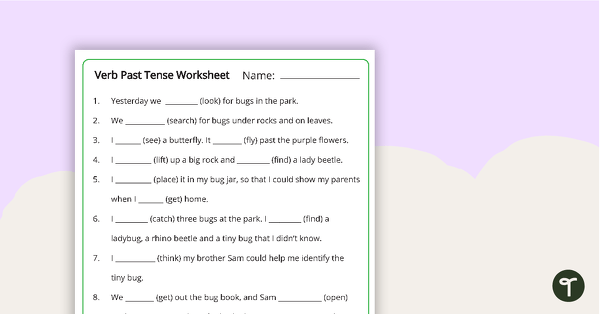
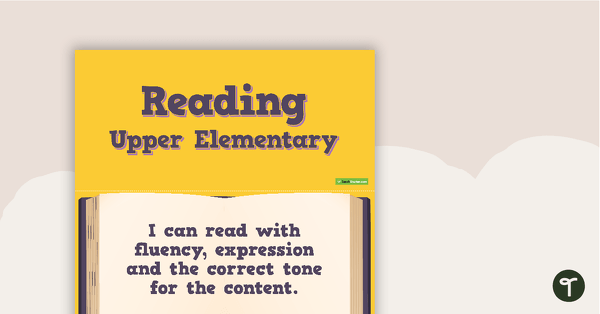
Hello. Is it possible for me to log in somewhere and customize the questions? Thank you.
Hi Piper, These cubes are not editable, however, please feel free to submit a change request by clicking "Changes & Updates" above the comments section. This will submit a request that other members can vote on. If your request is popular, we will create it! If you have any questions along the way, please let me know. I'm happy to help!